In Module 3, I discuss how I engaged with a video exploring the Israel-Palestine conflict, using multimedia to grasp complex historical and contemporary issues. I also explore my experience with Twine, an interactive storytelling tool, emphasizing its immersive nature and effectiveness in facilitating learning.
Moving to Module 4, I delve into Mayer’s and Merrill’s instructional principles in educational games, focusing on coherence, signaling, task-centered learning, and integration challenge. Additionally, I highlight H5P as an interactive learning tool, demonstrating its use through a video example on identifying bias in the news. These methods enhance learning by providing targeted content and interaction (multiple choice questions) with video content.
In Module 5, I reflect on my interactions with ChatGPT, detailing my experience seeking assistance for replacing my car’s wipers. I emphasize the importance of clear communication in obtaining accurate responses. Furthermore, I provide insights into the considerations for integrating AI in education and discuss the limitations of AI models, particularly regarding historical events.
Overall, these reflections showcase critical thinking, curiosity, and a willingness to engage with various tools and topics to deepen understanding and enhance the learning experience.

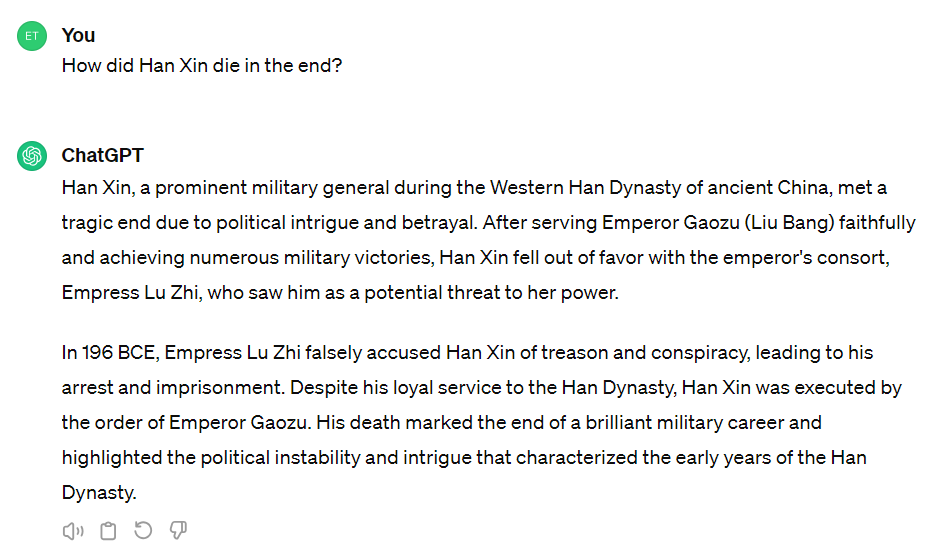
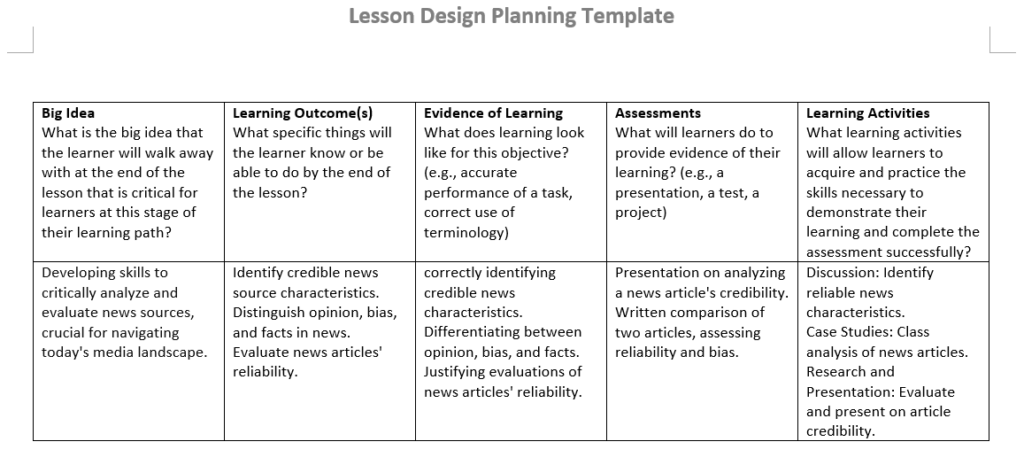
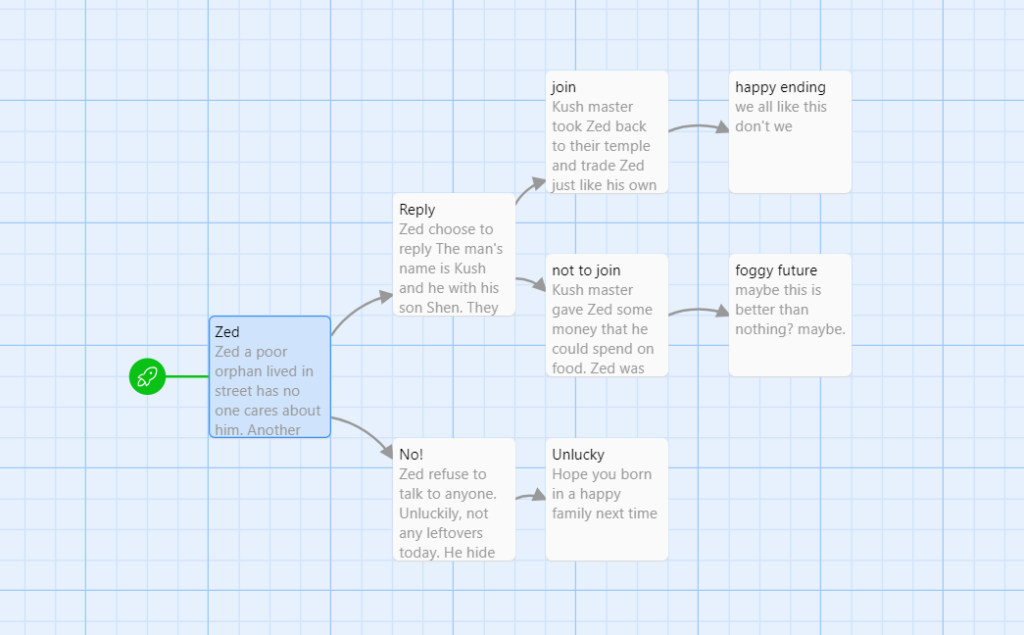





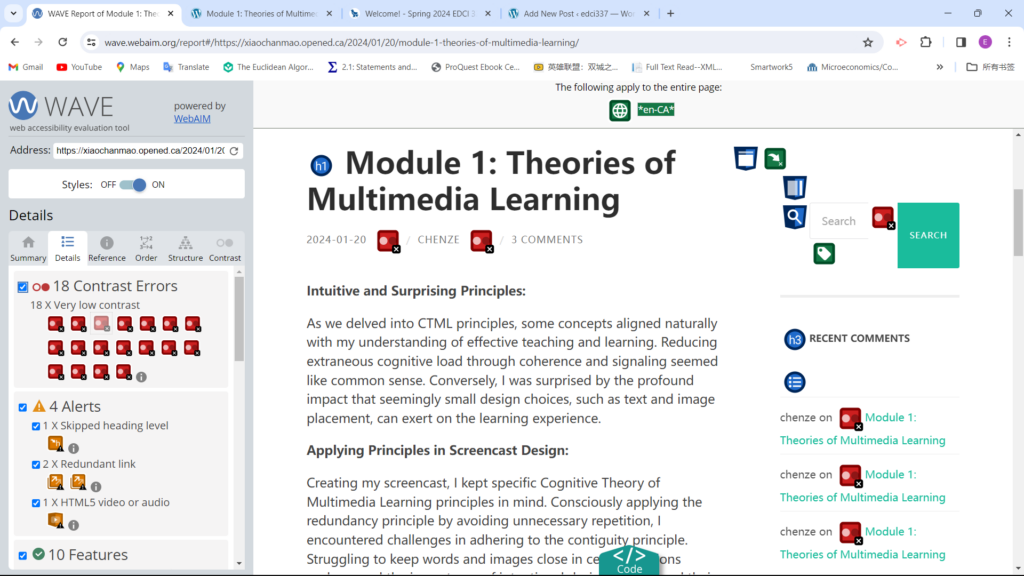
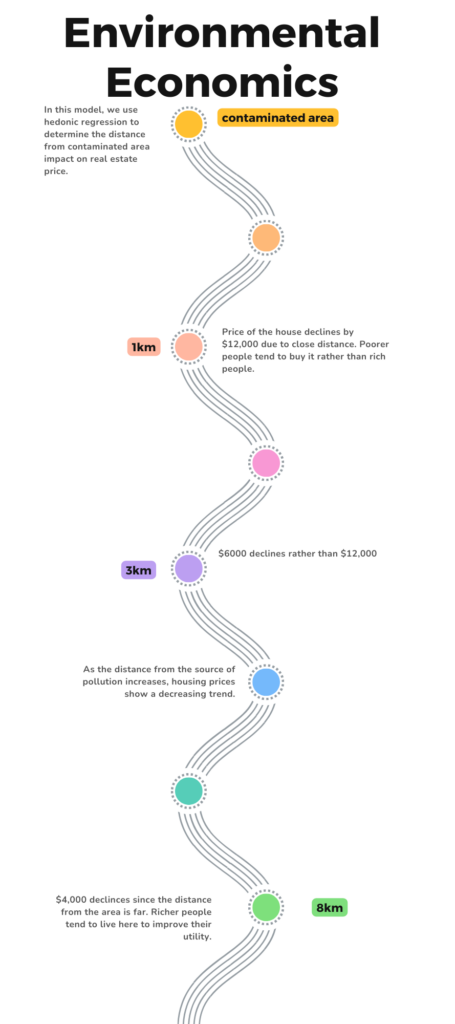
Recent Comments